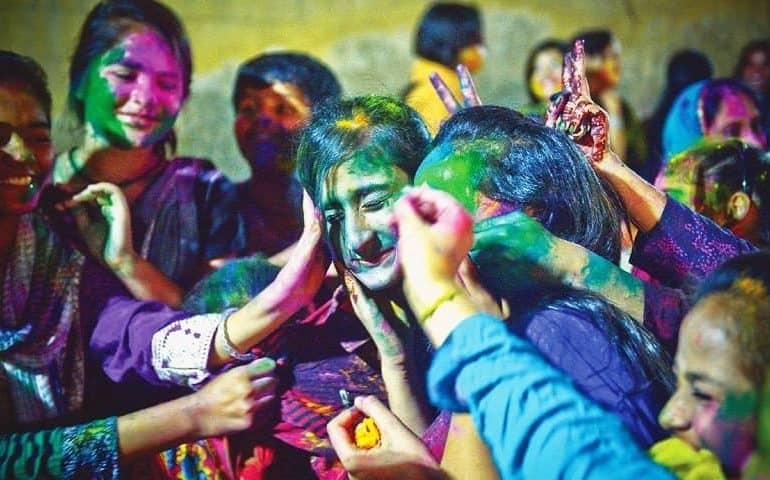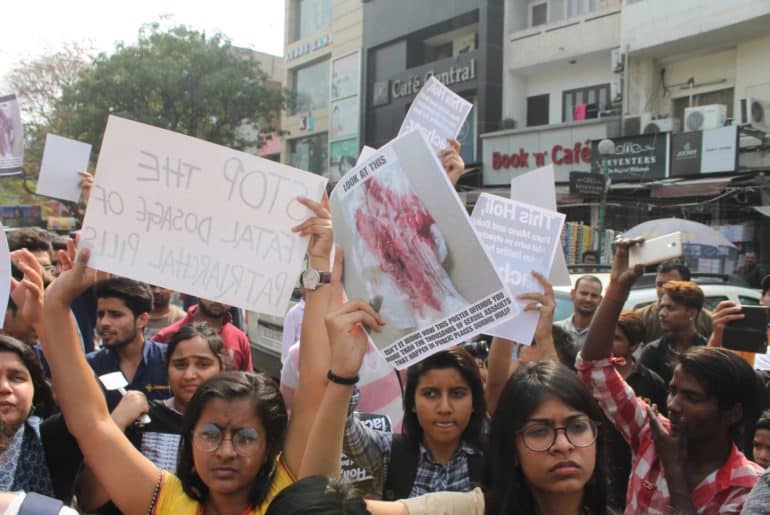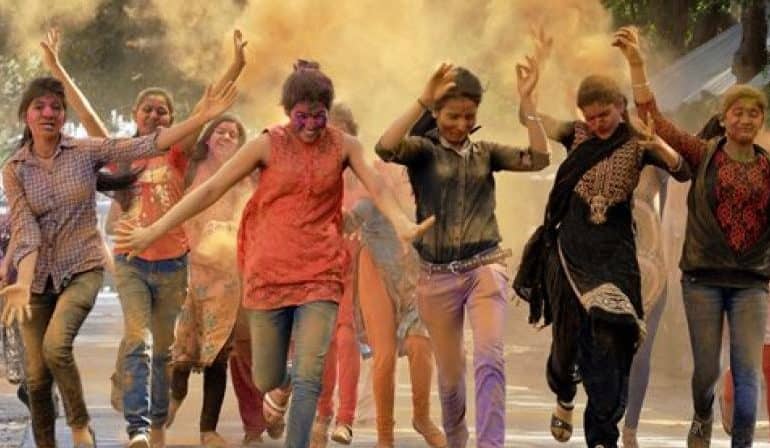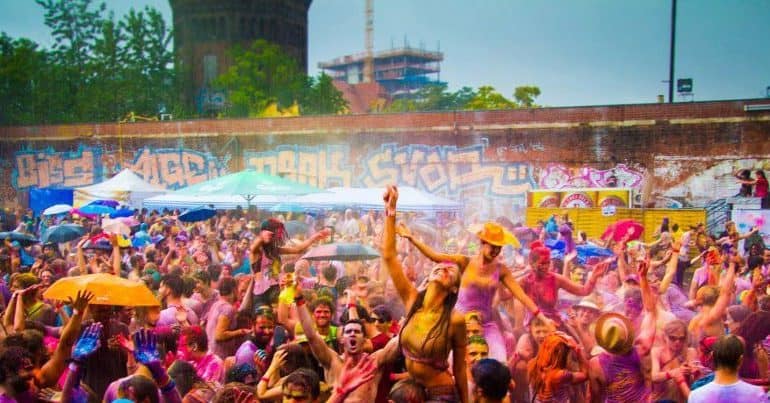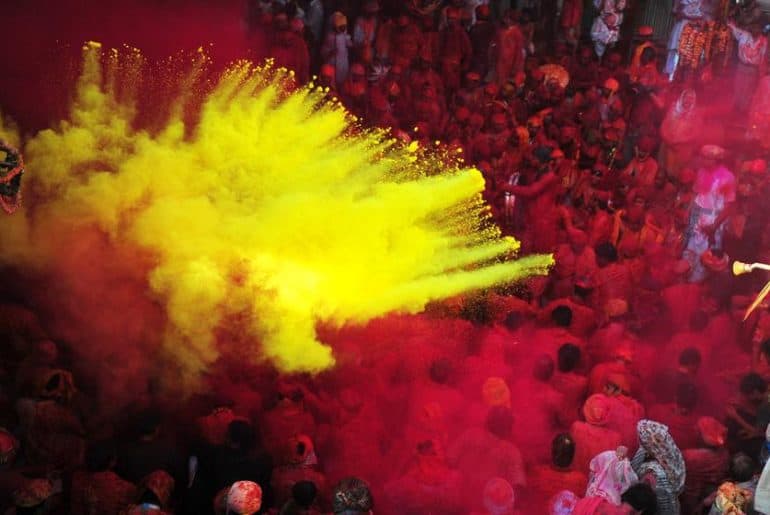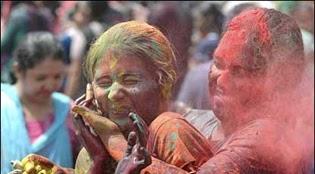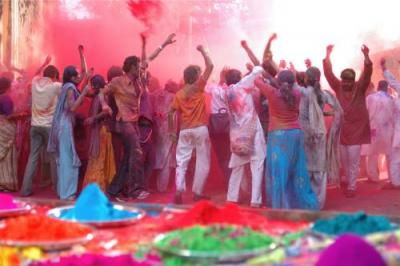How often have we all heard the phrase “Bura na maano, Holi hai”? But to what extent are we not allowed to feel offended?
Holi is one of the most exhilarating festivals in the Hindu tradition which has grown in popularity all across the world. From colours and water to even gujia (sweet) and lassi, it’s a game of soiling everyone with everything. Kids run across streets splashing water on friends and strangers alike, greeting them with the standard statement – Bura na maano, Holi hai!(Don’t get offended, it’s Holi). This beautiful phrase also gives men the license to harass women and shout out foul names at them. But of course, we must not get offended, because it’s Holi after all. So what if I was thrown a water balloon at while riding a bike? So what if I could have fallen off that bike and injured myself? So what if I was abused for merely existing? It’s Holi and I…must… not…get…offended.
As children, many of us must have hung out at our balconies, throwing water balloons at pedestrians using this standard line. It’s not until we grow up when we realise how problematic this is. When the season of Holi arrives, consent becomes a joke, the streets become men’s playground and women, their toys. Those unwilling to play are tagged as “chickens” and then smeared with colour anyway.
Holi becomes an excuse to grope women publicly or to throw water balloons at their private parts. It is easy for men to get away with their actions because, well, they did say Bura na maano, Holi hai! The traditional consumption of bhang, liquid form of cannabis, on Holi, further contaminates the atmosphere with intoxicated men walking stray on the streets; predators in hunt for their prey.
Holi harassment took one of its ugliest forms in 2018 when two students from Lady Shri Ram College were attacked with semen-filled balloons in the middle of a street near campus in broad daylight. I guess I should be “thankful” that the balloons I was attacked by had only water. The campuses’ response to these attacks was merely reducing the curfew time in the girls hostels. Obviously, when the perpetrators are let loose, hiding inside our houses is the only way to stay safe.
Stop telling women to not go out on streets during Holi because “aisa toh hota hai” (these things happen). That is no better than telling us not to go out at night; not to wear revealing clothes; not to act too friendly; not to wear lipstick. Putting restrictions on women will not reduce crime. Stop the offenders, not the victims. I’m sorry, but I AM OFFENDED.
Feature Image Credits: Parag Soni Photography
Aditi Gutgutia

